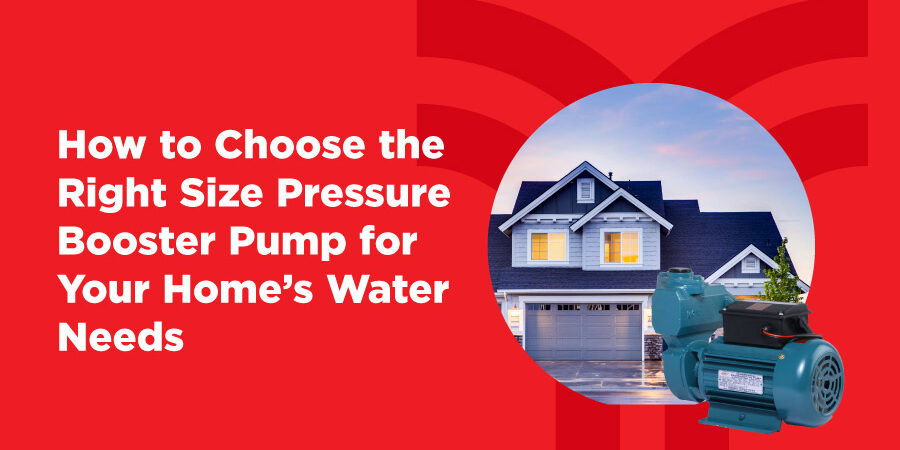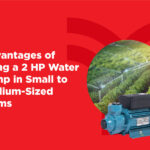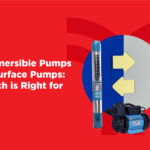How to Select the Right-Sized Pressure Booster Pump for Your Home
Water pressure is essential for your home’s plumbing system to function properly and comfortably. A pressure booster pump for home is what you need if you’re having trouble with weak showers, low water pressure in faucets, and slow-filling appliances like dishwashers and washing machines. To guarantee that your home’s pressure booster pump satisfies your needs without wasting energy or resources, it is important to choose the appropriate size pump. This thorough information will assist you in making a well-informed choice.
Understanding Your Water Pressure Problem
Finding the source of your low water pressure is crucial before investing in a pressure booster pump. The following are some typical causes of low water pressure:
- Municipal Supply Problems: Occasionally, particularly during periods of high consumption, the water pressure from the city’s supply is very low.
- Distance from the Water Source: Your house may have less water pressure if it is located on a hill or far from the main water source.
- Internal Plumbing Problems: Clogs in your home’s plumbing system or old, corroded pipes can also lower water pressure.
- High Water Demand: Especially when numerous faucets or appliances are utilized at once, larger or multi-story homes frequently need higher water pressure.
Finding the source of your low water pressure will enable you to choose the ideal booster pump in terms of both size and kind.
Measure Your Current Water Pressure
Water pressure is measured in pounds per square inch (PSI). For best results, most homes require a water pressure of between 40 and 60 PSI. You may require a pressure booster pump if your water pressure drops below this level.
- A water pressure gauge can be used to determine the water pressure in your house:
- Connect the gauge to a hose bib or outside tap.
- For accurate results, make sure your home’s plumbing is off when you perform the test.
- Fully open the tap and record the PSI value.
- Get a pressure booster pump from the best Pump Manufacturers in Coimbatore if the reading is less than 40 PSI. You can use your existing water pressure as a starting point to estimate how much more pressure is needed.
Determine Your Desired Water Pressure
Consider your ideal pressure level once you’ve measured the current water pressure. 50 to 70 PSI is the typical pressure range at which most homes operate satisfactorily. Overly high pressure might, however, put stress on your appliances and pipes. To make sure you stay within safe bounds, check your local plumbing codes or speak with a professional.
You will require a pump that can raise pressure by an additional 30 PSI if your present pressure is 30 PSI and you wish to get to 60 PSI. This information is crucial for choosing the right pump size.
Calculate Your Water Flow Rate
An additional important consideration while selecting the best pressure booster pump is the water flow rate. Water flow rate, commonly expressed in gallons per minute (GPM), describes the volume of water that passes through your pipes. Your household’s peak water demand should be accommodated by the pump you choose.
To determine the necessary flow rate:
- Make a list of every water outlet in your house, including outdoor hoses, washing machines, dishwashers, showers, and toilets.
- Determine each fixture’s approximate flow rate. Typical flow rates consist of:
- Taps in the kitchen: 2-3 GPM
- Showers: two to three GPM
- Bathrooms: 1.5–2 GPM
- Machines for washing: 3-5 GPM
- GPM for dishwashers: 2-3
For instance, your needed flow rate may be around if you anticipate using a washing machine, a kitchen tap, and two showers at the same time.
Choosing the Right Size Pump
You may select the suitable pump now that you are aware of the required flow rate and the desired water pressure. Typically, the capacity of the pump is stated as follows:
Boost pressure (PSI) and flow rate (GPM)
Take the following factors into account when choosing a pressure booster pump:
- Pump Power: Based on your current and goal PSI readings, the pump must deliver enough PSI to boost the water pressure in your home to the required level.
- Flow Rate Capacity: The pump needs to be able to meet your home’s greatest water demand. Select a pump that can control the combined flow rate of several water fittings without compromising on performance if you have multiple fixtures running at once.
- Pump Type: Common pressure booster pump types are divided into two categories:
- Single-stage Pumps: Ideal for modest water pressure problems or little homes.
- Multistage Pumps: Perfect for places with very low incoming water pressure or larger dwellings.
Maintenance and Longevity
A decent pressure booster pump can last for many years with very little maintenance. But it’s essential that you:
- Check the system for leaks regularly.
- To guarantee the pump functions effectively, clean or replace the filters.
- Keep an eye on the pump’s operation to spot any early indications of wear or malfunction.
- You may steer clear of long-term problems by selecting a pump from a reliable manufacturer with strong warranties and customer support.
Understanding your water pressure requirements and picking a pump that strikes a balance between power and noise levels are all necessary when choosing the proper size submersible water pump for your home. You can guarantee a consistent, dependable water pressure that satisfies your home’s needs without taxing your plumbing system or wasting energy by considering these elements.


